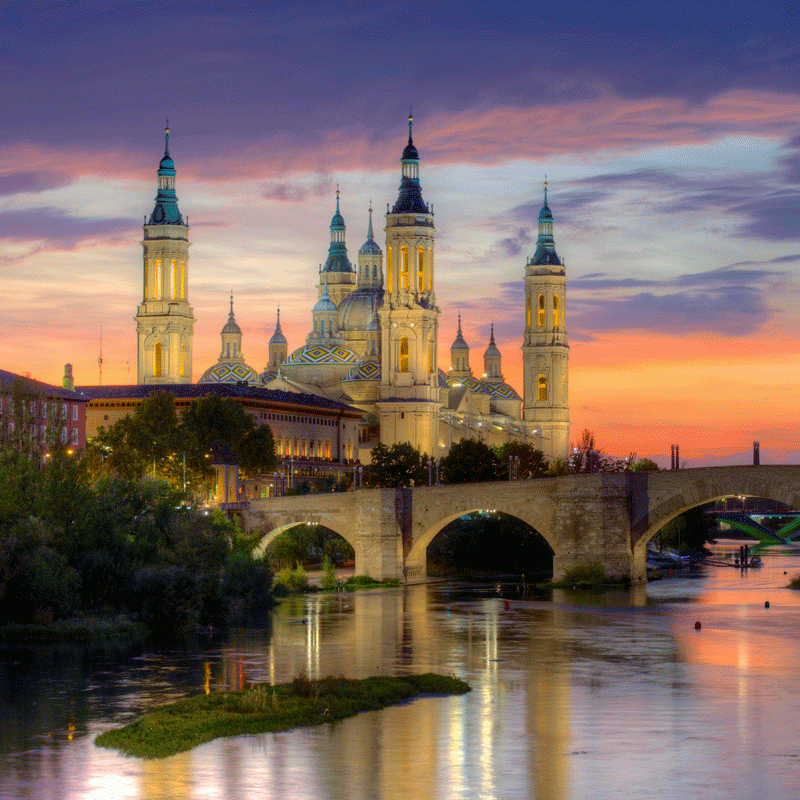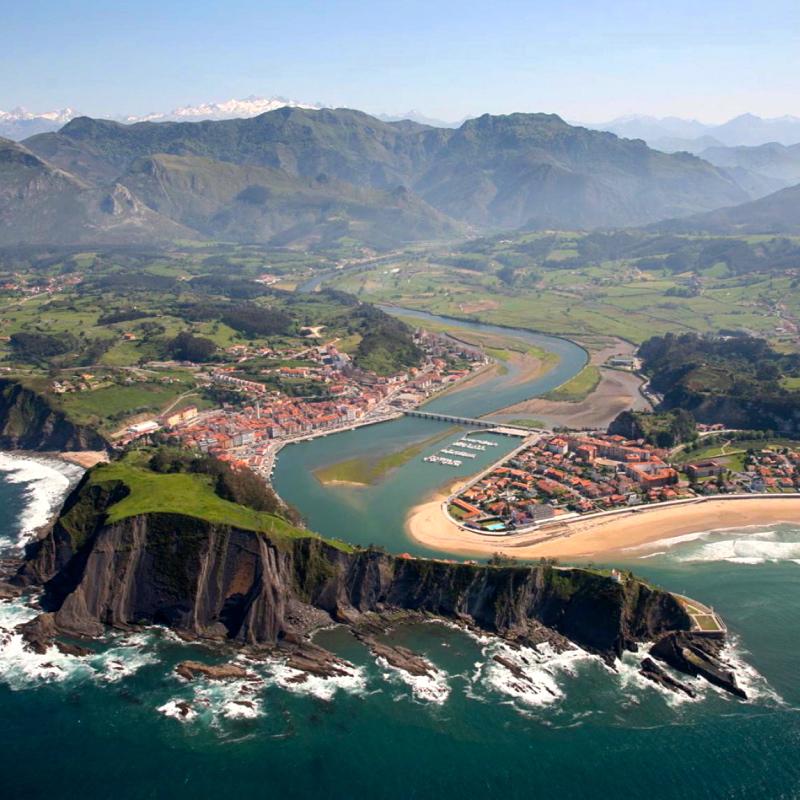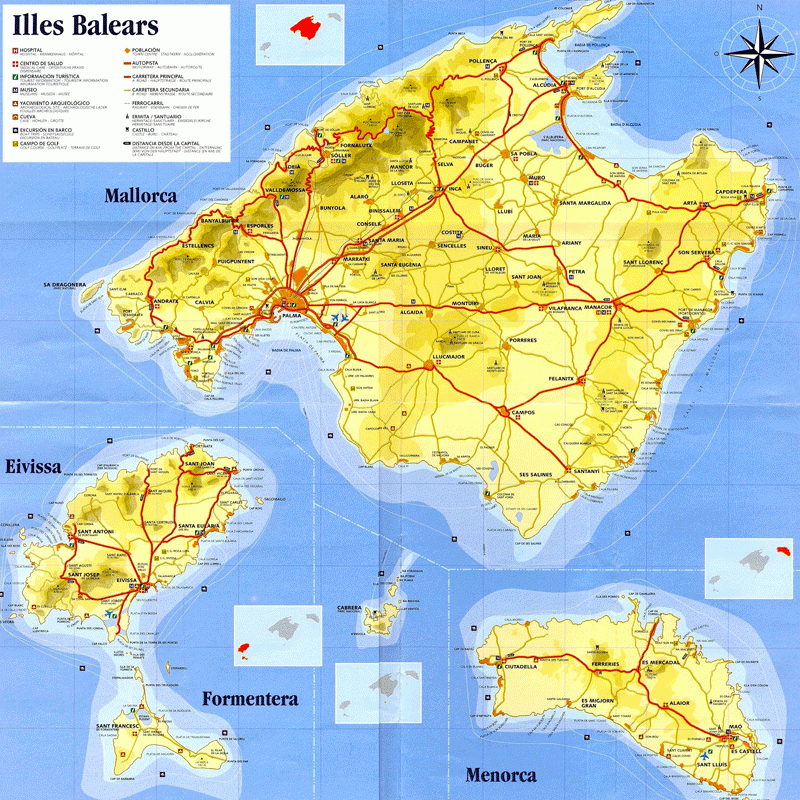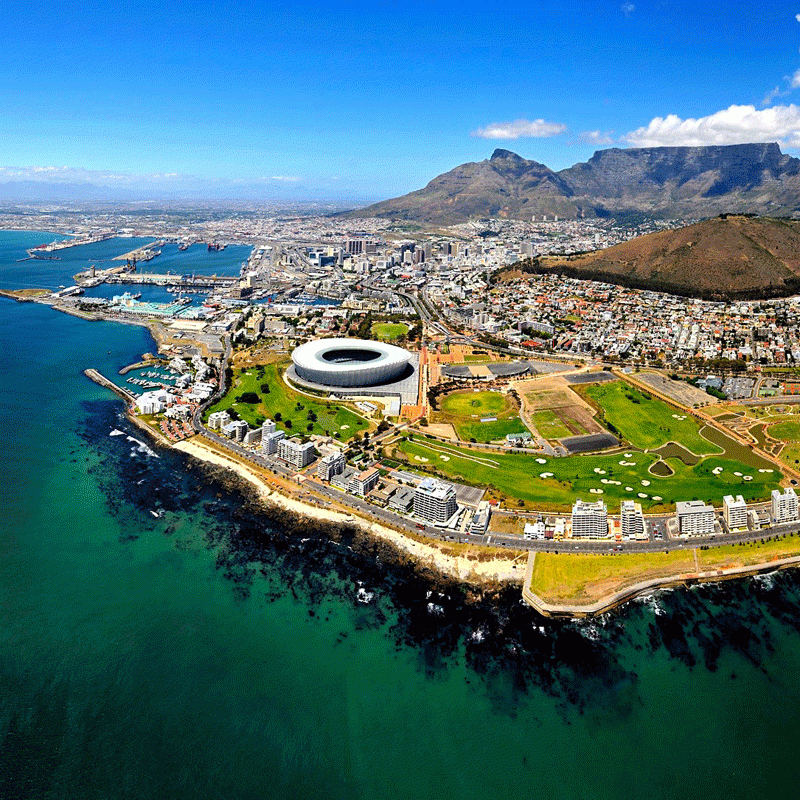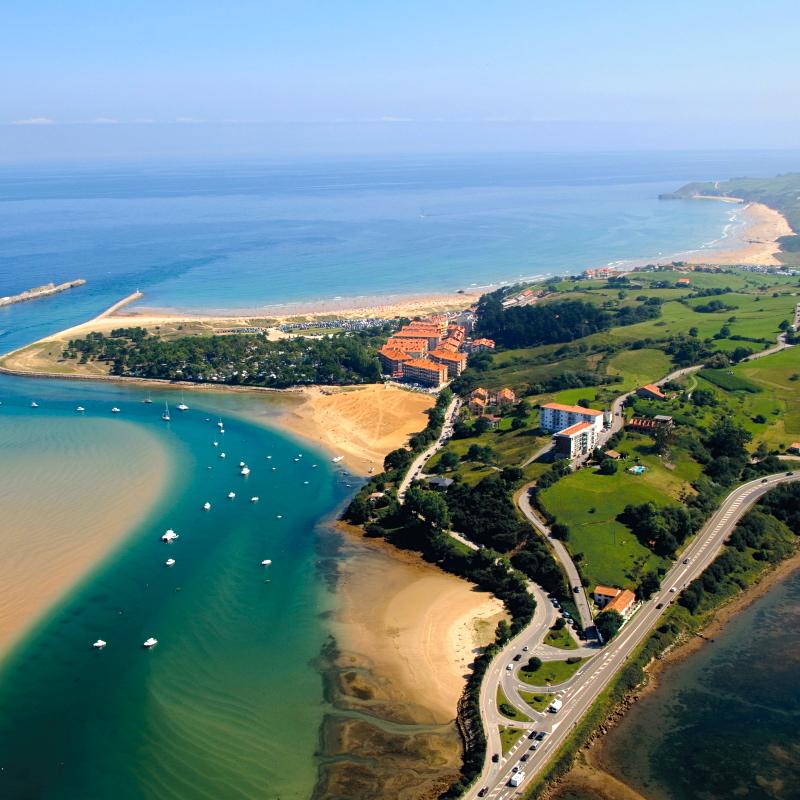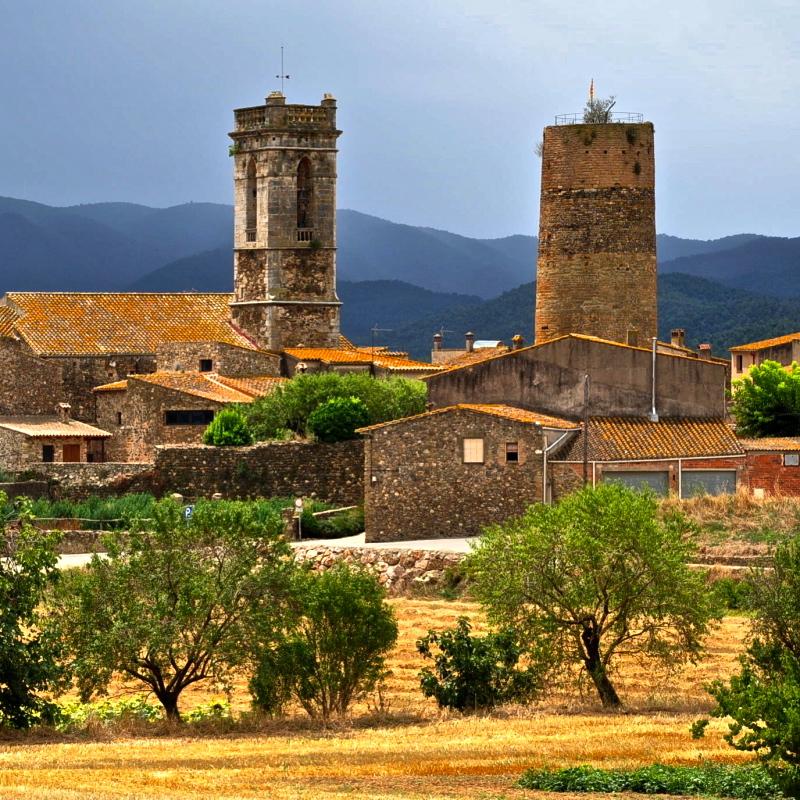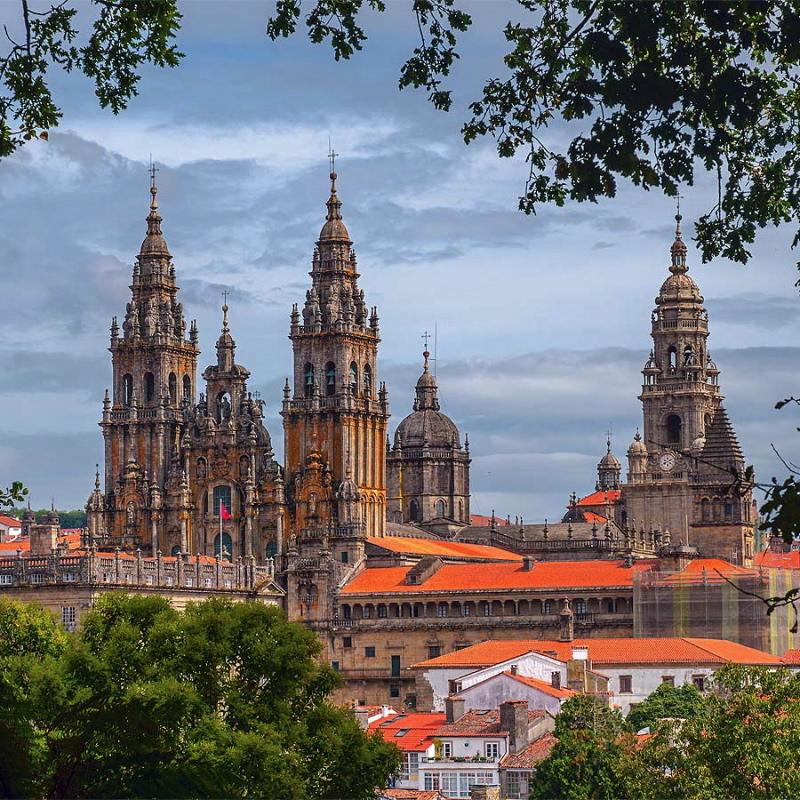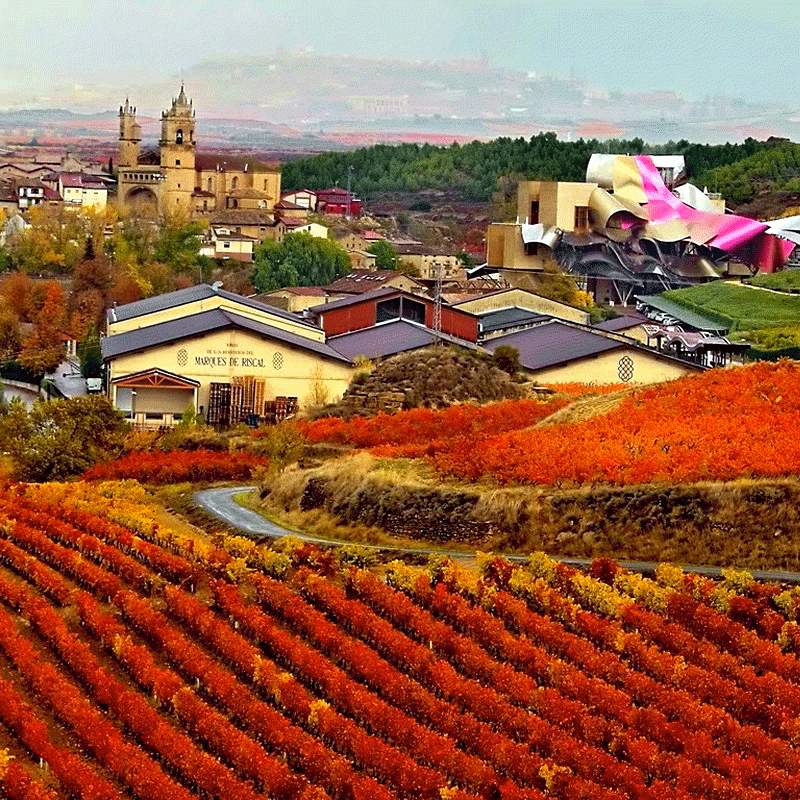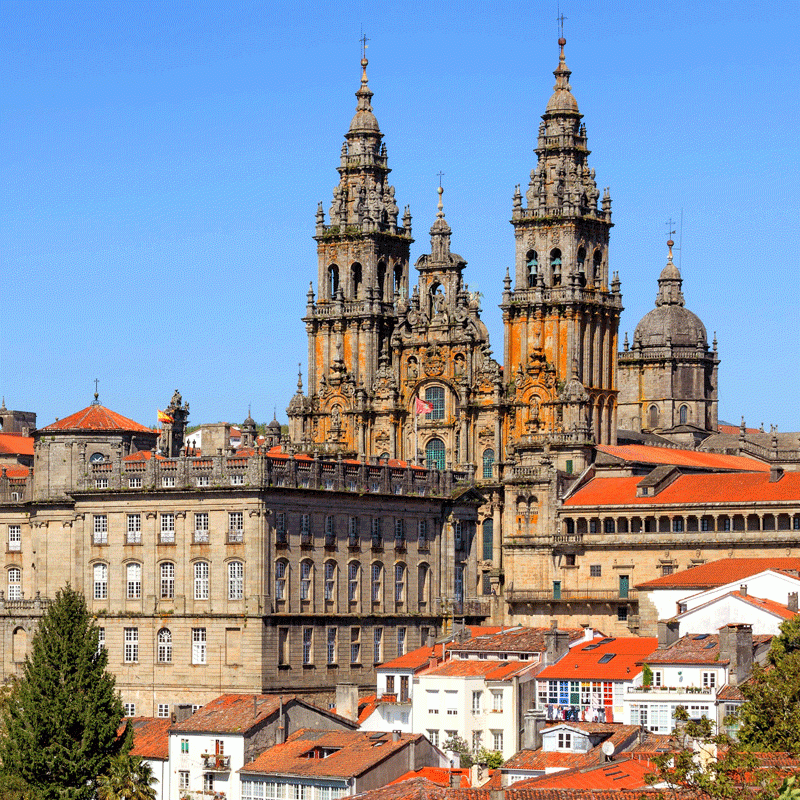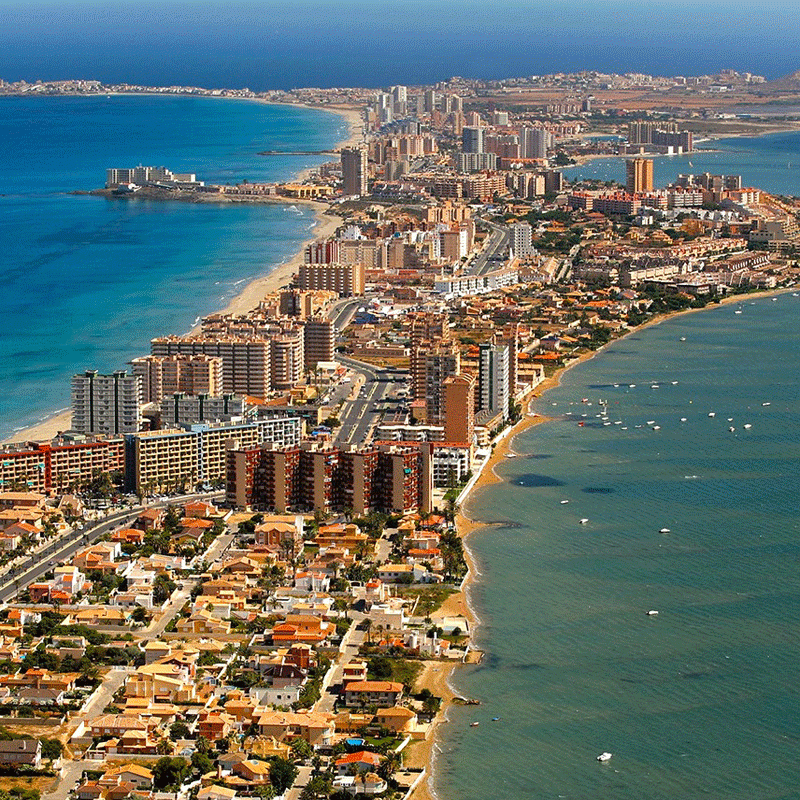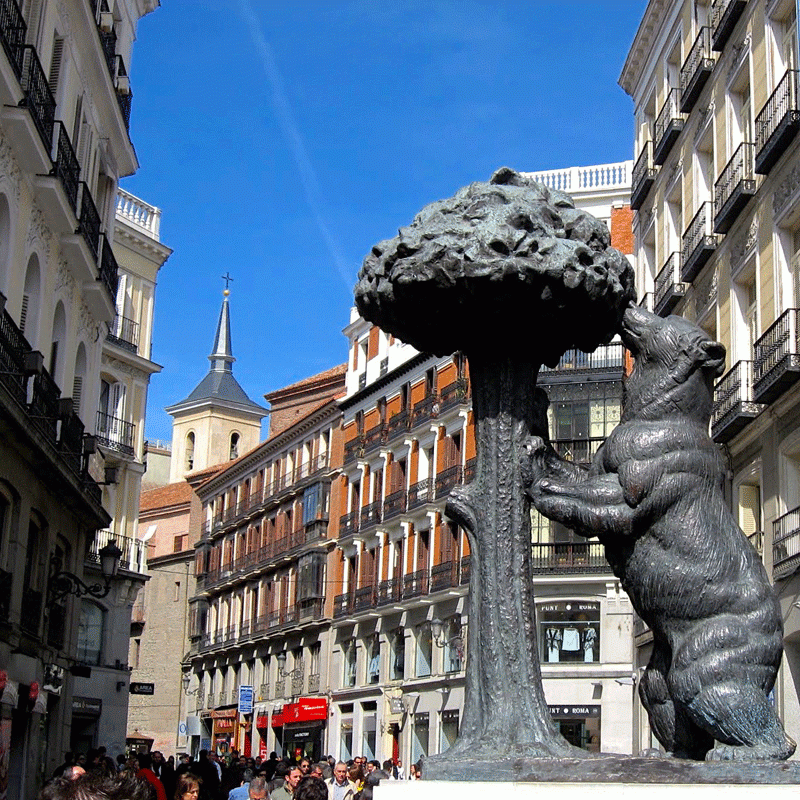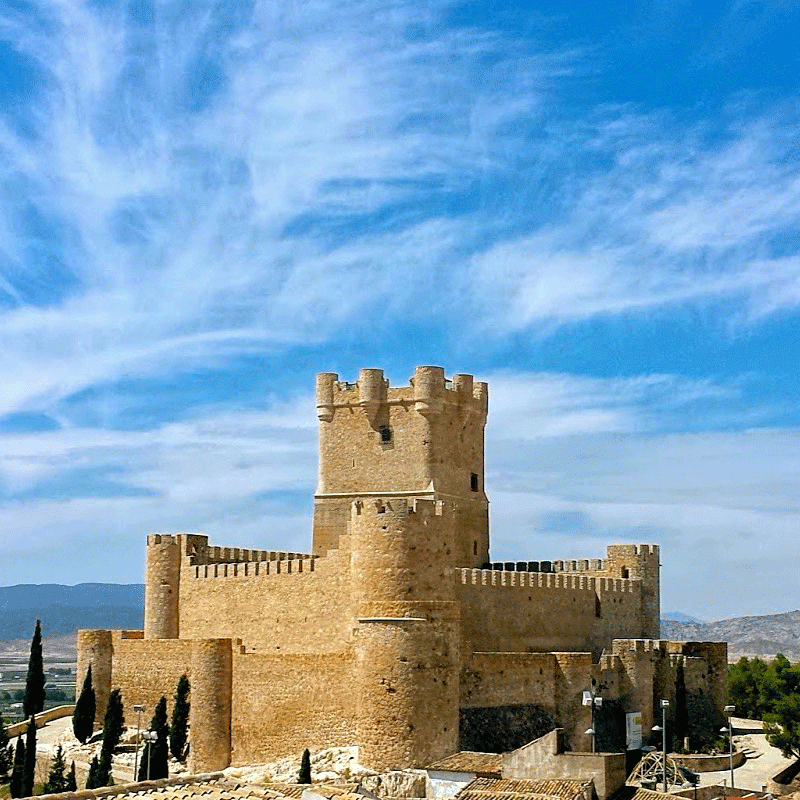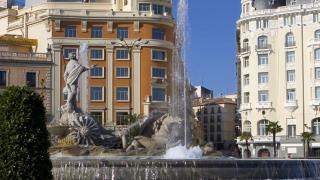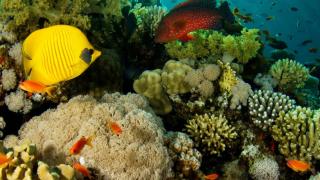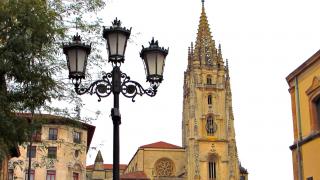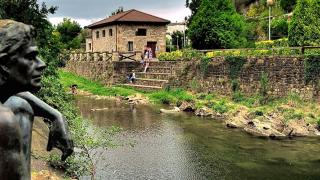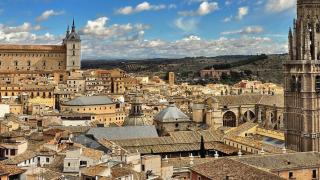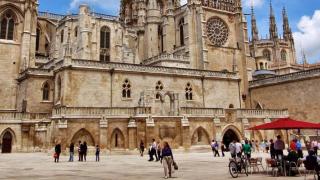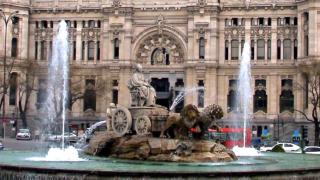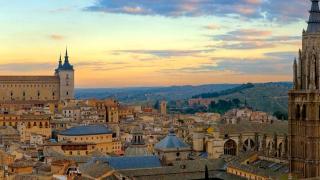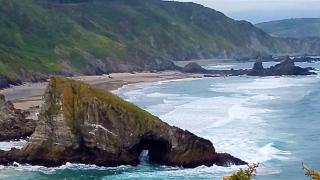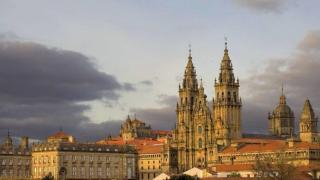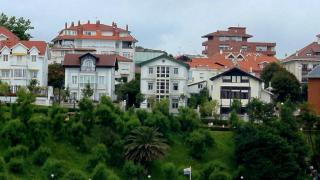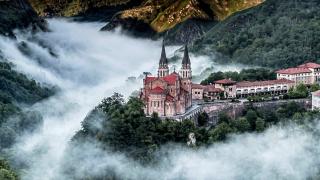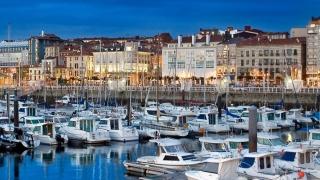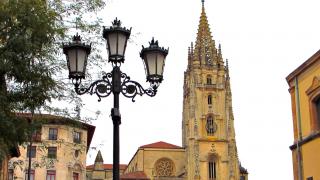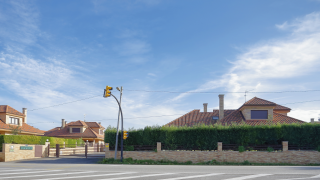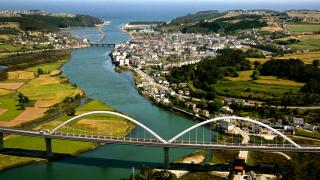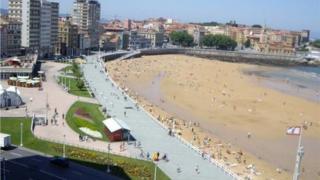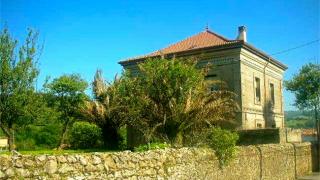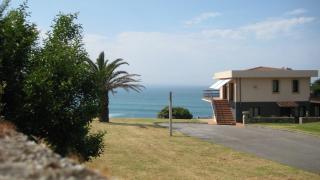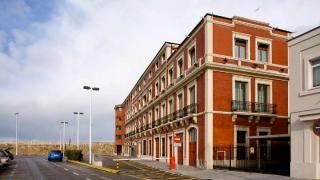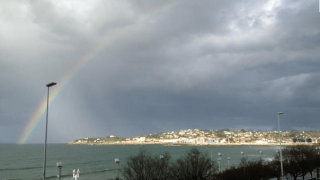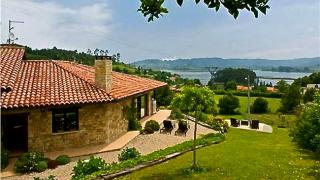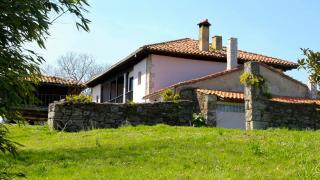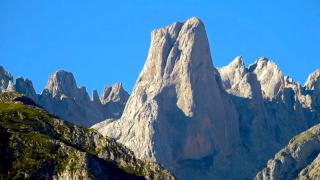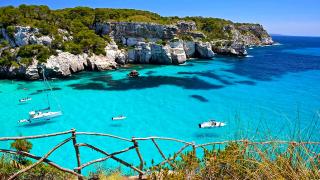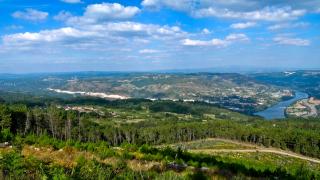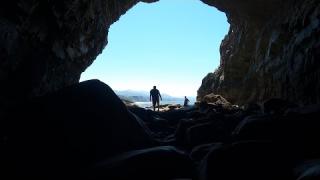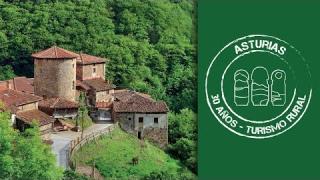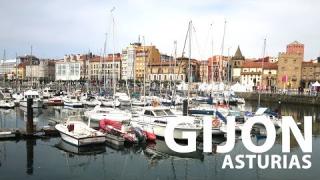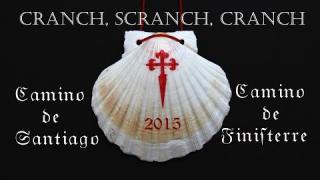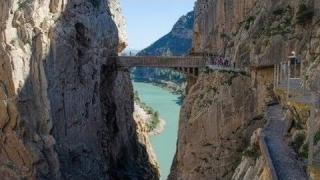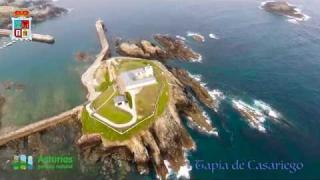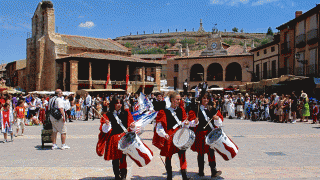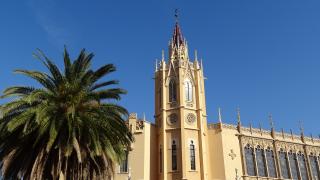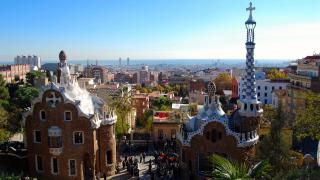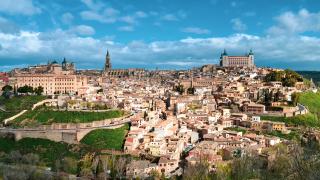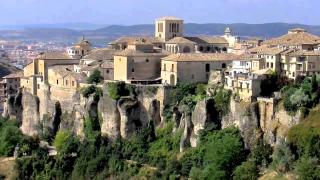Territory of Spain stretches for over 1000 km from the south to the north, and 500 km from the west to the east. The Atlantic waters, the Mediterranean and mountains mostly determine the climate of the Iberian Peninsula.
There are six types of climate on the Iberian Peninsula:
- Continental climate with cool winter and warm, dry summer is typical for inner areas of the country: Madrid, Castile and Leon, Estremadura, Castile la Mancha, and inner parts of Andalusia and Aragon;
- Mediterranean climate with wet mild winter and hot, dry summer is typical for the south and the Mediterranean coastline: в Catalonia, Valencia, Murcia, Andalusia and the Balearic Islands;
- Maritime climate with mild temperatures and plentiful rainfall within the year is typical for the northern part of the country and the northwest region: Galicia coastline, Asturias, Cantabria and the Basque Country;
- Cool temperate climate is in high–altitude parts of Pyrenees and the Cantabrian Mountains;
- Semiarid climate is typical for Almeria and Murcia provinces, the Fuerteventura and Lanzarote islands of the Canary Archipelago as well as for the south coastline of the Gran Canaria and Tenerife islands;
- Hot steppe climate is typical for the southeast of the peninsular and Andalusia;
- Temperate steppe climate is typical for Estremadura and central part of Ebro.
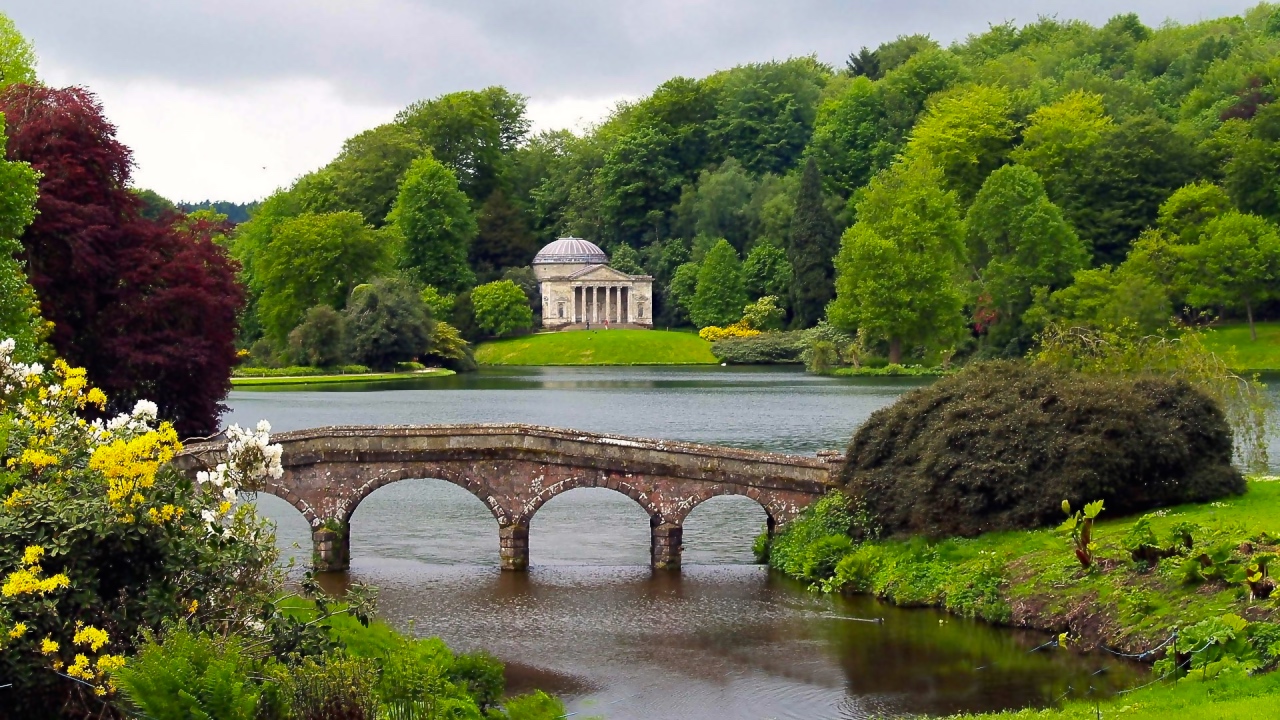
Average annual rainfall fluctuates from 1600 mm on the northwest and western slopes of the Pyrenees to 250 mm on Aragon Plato, in La Mancha, Almeria, Murcia and on the islands of the Canary Archipelago.
Less than 500 mm of annual precipitation falls on half of the territory of Spain and 1000 mm falls on 20% of its territory.
Damp climate prevails to the north of the Cantabrian Mountains coastline in Navarra, the Basque Country, Cantabria, Asturias and Galicia as well as on the northeast coast where Spain borders with France and to the north of Valencia and the northwest of the Balearic Islands. Insignificant temperature drop is typical for these areas. Winters are mild and summers are warm here. You can often see cloudy sky and frequent rains in the north and northwest areas though there is not much rain in summer.
Summer is much warmer on the Balearic Islands and with less rainfall.
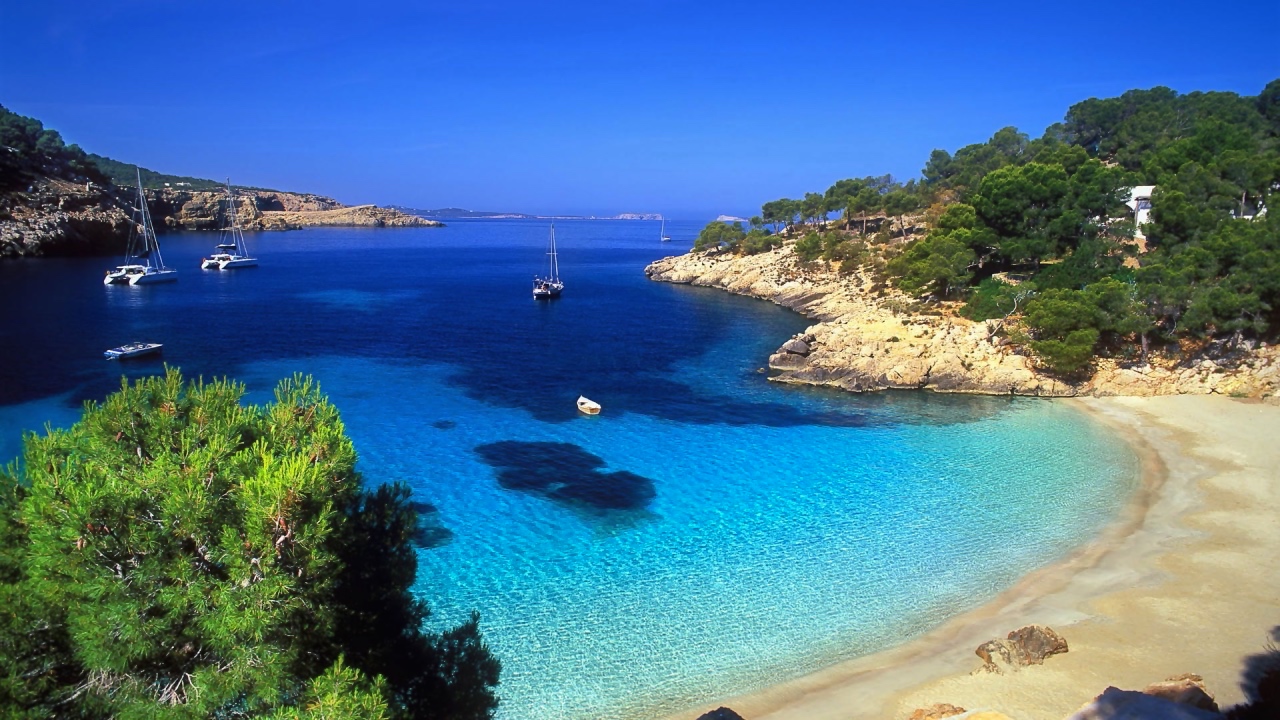
Arid regions occupy about two thirds of the territory of Spain. Winters are cool here and even cold in the inner parts of the country with low rainfall. Arid summers dry up almost all small rivers on the central plateau.
Southeast coast of Almeria and Murcia, the Fuerteventura and the Lanzarote islands of the Canary Archipelago, the south coastline of the Gran Canaria and Tenerife islands and the Ebro River area near Saragossa are the hottest zones in Spain.
The highest temperatures are registered in Andalusia. Winter brings here warm air from Africa. That is why winter temperatures are usually +17+20°С on the Costa de Almeria and the Costa Calida coastlines.
The Balearic Islands, Catalonia and northern Valencia enjoy Mediterranean climate, less dry than on the southeastern coastline and continental part of the country and similar to the Crimea climate. Summers are cooler, winter temperatures are +18+26°С and the average winter temperature is +12°С, + 6+8°С on the coast of Catalonia.
Winter is rather cold in Madrid and temperature can be below zero, the average January temperature is about +4°С. In summer the average temperature is +24+25°С.
Climate on the north of Spain is very similar to the climate on the Black Sea coastline.
The Canary Islands can boast warm waters all year round: +22+23°С in summer and +20+22°С in winter. In the Balearic Islands the water is +23+25°С in summer and +12+15°С in winter.
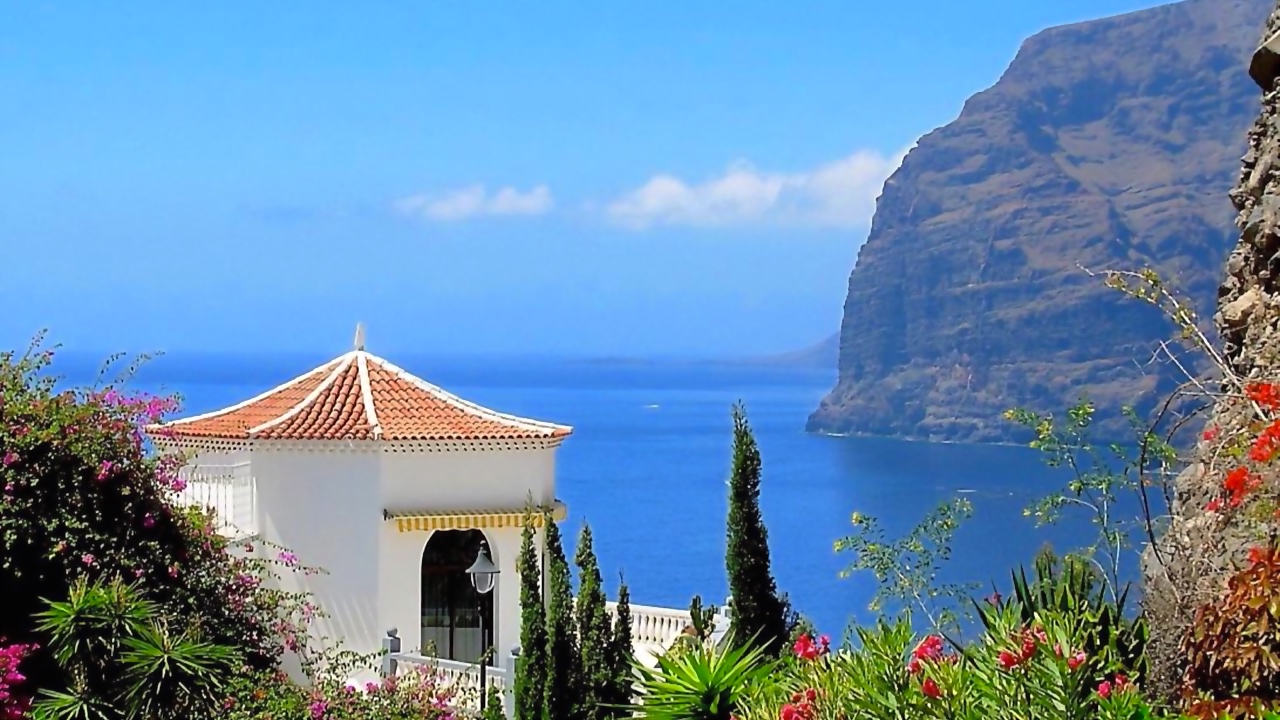
The current bringing Atlantic waters through the Strait of Gibraltar on the Costa del Sol (Malaga, Marbella, Nerja) coastline determines the cooler temperature of the water which is +18+20°С in summer and +14+15°С in winter.
Similar to the Canary Islands +22+24°С temperature of the water in summer and +17+19°С in winter allows coming on holidays to the Costa de Almeria, the Costa Calida (Almeria, Murcia, the south of Valencia) throughout the year.
The temperature of the water on Valencia and Catalonia coastline is similar to the Balearic Islands.
Endless green landscapes on the north of Spain are much different from scorched Mediterranean coastline.
You can still enjoy skiing in the Sierra Nevada (Sierra Nevada) Mountains (Andalusia) in early spring, but one hour away you can see swimming and sunbathing holidaymakers on the beaches of Almeria.
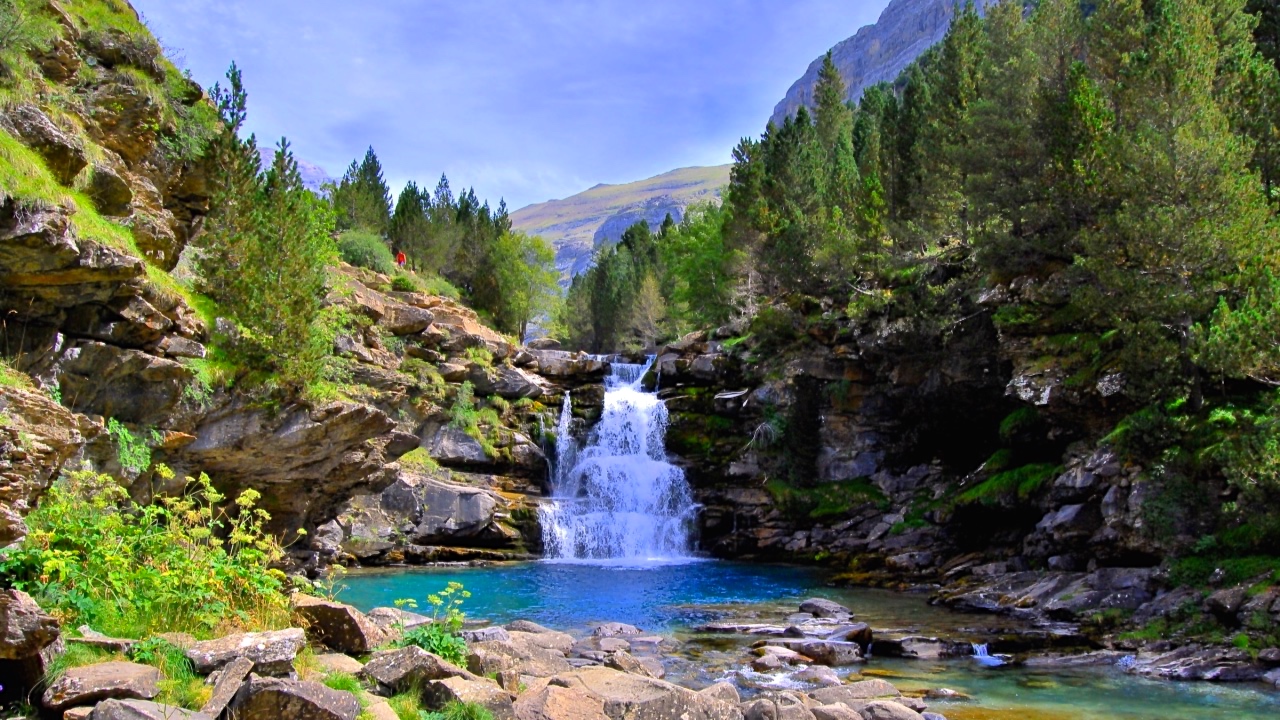
Spain owes its rich and diverse fauna to the climate diversity. Here you can find typical European, Mediterranean, mountain animal species as well as inhabitants of alpine meadows and Africa.
Large population of wolf, fox, mountain cat and lynx inhabit the territory of Spain. Spanish ibex, wild boar and Iberian red deer are still found. Genet, weasel, fox and other small predators inhabit forests on the southeast of the country.
Well-known Gibraltar monkey was probably brought to Europe from Morocco through the Strait of Berber.
Almost extinct brown bear can still be traced in some regions of the Pyrenees and the Cantabrian Mountains. There are plans to colonise wolf in the Spanish Peaks of Europe National Park.
Spain is a very important ground for the birds migrating from Africa to Europe. Thousands of geese, cranes, bustards and teal spend summer on the lakes and swamplands of the country. Herons, ducks, ibises and flamingos nest in estuaries and lakes along the Costa-Blanca coast.
Eagle, vulture, owl, falcon, griffin and hawk settled in the high central plateau (the Meseta) and mountain chains in the inland of the country.
Almost everywhere in Estremadura, you will find white storks’ nests.
Mountain rivers abound with barbel, tench and trout.
More than 175 species of flora and fauna inhabiting Spain are on the verge of extinction including imperial eagle, houbara bustard and Iberian lynx.
While crossing different climate zones, you can find different forms of flora varying from alpine (the Pyrenees, the Peaks of Europe), to evergreen ( on the north coast) and dry (on the Mediterranean sea coast and the Meseta (central plateau).
Typical Mediterranean forests with maple, palmetto, cork and durmast oak covering the most part of Spain have almost disappeared. The forests were rooted up for the cultivation of such “useful” species as olive, orange, mandarin and lemon trees which can be seen everywhere nowadays. Vast citrus groves stretching over vast fields, terraces and mountain slopes neighbor artificially irrigated apricot and peach plantations.
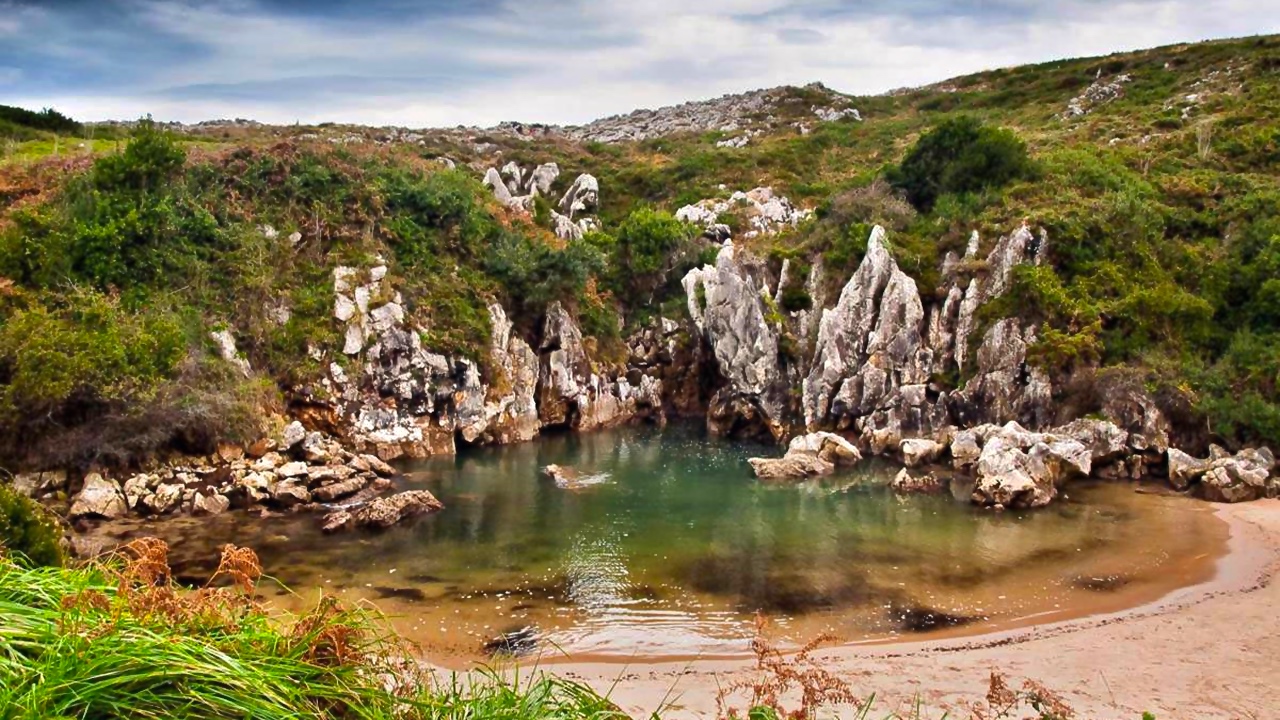
Sunflower and blooming in late autumn saffron are typical residents of La Mancha fields.
Date palms occupied mostly east coast of the Mediterranean coast. The biggest date palm forest in Europe is not far from Elche.
Thin bushes, cactuses and agave are the only vegetation between cultivated plantations. Such kind of landscape looks like a desert in Murcia and Almeria.
Leaf trees like beech, elm tree, and chestnut growing in central Europe are very typical for damp regions of Spain.
Bracken and gorse grow in the Atlantic region meadows. Pastures protected from precipitation by the Cantabrian Mountains are ideal place for farming.
Spain is the second country in the world in the number of Natural Parks and reserves protected by UNESCO. Map of Spain consists of lakes, rivers, volcanos, forests, swamplands and salt marshes, vast valleys, rocky mountains, steppes, wide ocean beaches and comfortable Mediterranean bays.
The Spanish Peaks of Europe national park (Parque Nacional de los Picos de Europa) is the oldest national park of Spain stretched the territory of three provinces: Asturias, Cantabria, and Castile and Leon.
Wolves, bears, deer, otters, vultures, thoroughly protected eagles and Egyptian vultures inhabit majestic mountain landscapes and beautiful lakes.
Cabo de Gata-Níjar Natural Park - Nijar (Parque Natural del Cado de Gata - Níjar), in the southeastern corner of Spain is Andalusia's largest coastal protected area. A wild and isolated landscape contrasts with green mountain views of Cantabria and Asturias.
Situated on the island of Tenerife, Teide National Park (Parque Nacional del Teide) is one of the most visited and loved by filmmakers site. The park is a unique high-mountain ecosystem formed around Teide volcano that is 3,718 m high. More than 1400 rare plant species grow on the slopes of the volcano.



